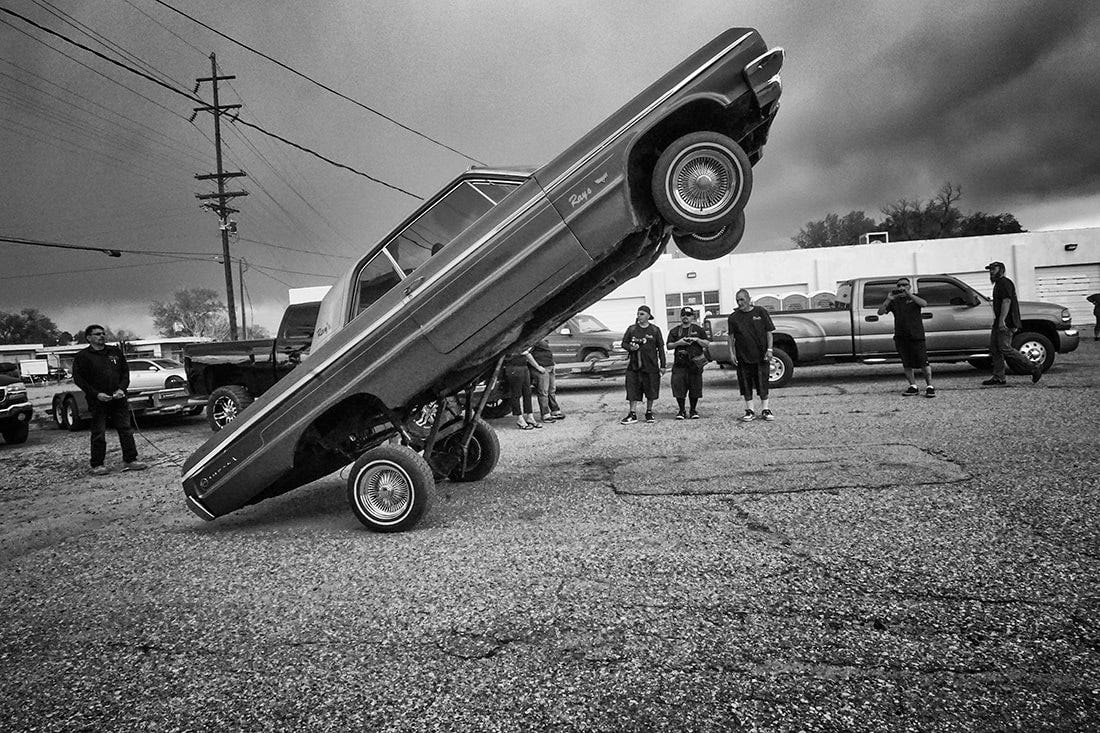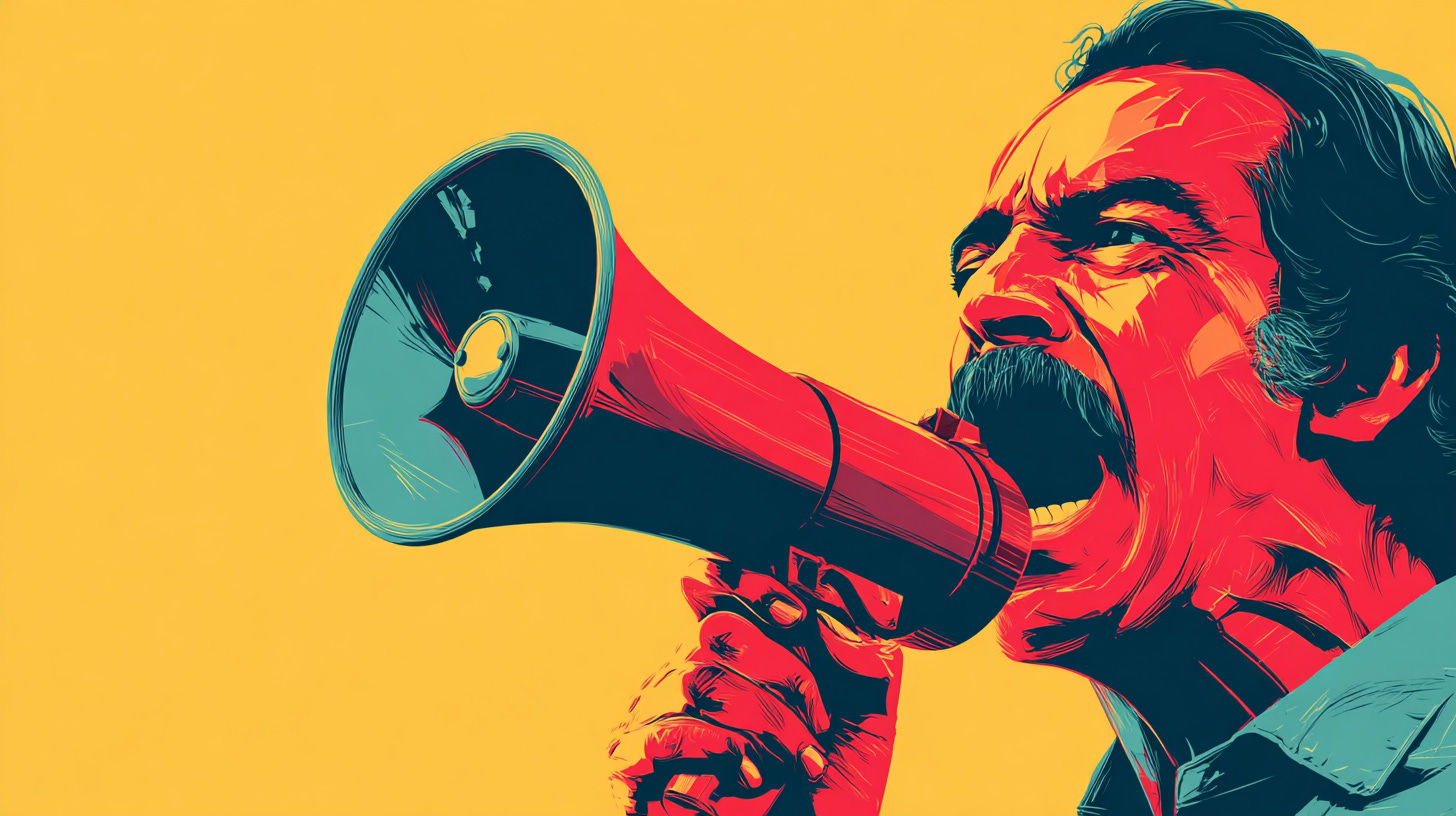Lowriders Are America’s Most Dynamic Underground Tradition
Lowriding is a peaceful recreational activity that leads to stronger communities.
Join The Daily Chela and unlock exclusive content — SUBSCRIBE NOW.
The airbrushed murals. The candy paint. The warm breeze that slaps you across the face when the hydraulic pump springs you high into the heavens, all as curious onlookers gather on the corner to point and admire.
Nope, nothing beats the excitement and attention you get when bouncing up and down the boulevard in a swooped-up lowrider.
I know this because I’ve owned my fair share of lowriders. My first car was a 1967 Chevy Impala with baby blue vinyl interior. My second car was a dropped 1990 Lincoln Continental that scraped the pavement when pulling into the gas station. My first bike was a lowrider Schwinn with gold plated forks and mirrors (the gold was fake, of course).
But lowriding was about more than chopped suspension coils and white wall tires. Like many Mexican Americans, it was about pride, family, community, la raza—preserving an outlet to compete and express cultural heritage through art.
Perhaps nowhere has lowriding remained more popular than in the west. Lowriders not only originated in the densely populated Mexican American towns of the west during the 1940s, but continue to thrive until this day through annual car shows and competitions.
California alone is home to hundreds of small businesses that specialize in pin-striping, airbrushing, upholstery, hydraulic pumps, and other customizations. These businesses provide incomes for families, create jobs, and promote solidarity among car enthusiasts.
The spirit transcends generations. For many in the lowrider community, customizing cars is a family affair, a chance to banter and bond, an opportunity for fathers to pass knowledge and skill sets down to their children.
One might think of it as a modern twist on the old Soap Box Derby races of the 1950s. Likewise, lowrider competitions between families and rival clubs not only serve as an outlet and escape from the lure of gangs, but a way to channel and showcase talent.
I’ve seen the benefits firsthand. In the town where I used to live, local lowrider clubs work with city officials each year to organize a lowrider parade through downtown. The event, which celebrates Chicano and traditional Mexican culture for three days, concludes with traditional bands, music, and food.
Unfortunately, lowriders are often viewed in a negative light. Rather than associate lowriders with work ethic and family, people associate them with poverty or street gangs, negating the real value car competitions bring to working class, predominately Mexican American communities.
But lowriding is nothing to be ashamed of. If anything, lowriding is something to be proud of, a peaceful recreational activity that leads to stronger communities, creates a sense of accomplishment, and builds camaraderie.
One might even call it America’s most dynamic underground tradition.
Our Stories Deserve a Megaphone — Subscribe and Be Heard.
Subscribers Get Exclusive News, Videos & Stories:
Our mission is to provide a platform for Mexican Americans, and cover news with the depth and context it deserves.
Here’s how you can help:
Make a Monthly Contribution of only $5.99: Your financial support will help us cover operational costs, pay our dedicated team, and expand our reach to more readers.
How To Support:
To subscribe, click on the “upgrade to paid” button. Thank you for your support and for believing in the power of independent media. Together, we can make sure that every voice is heard and every story is told.





